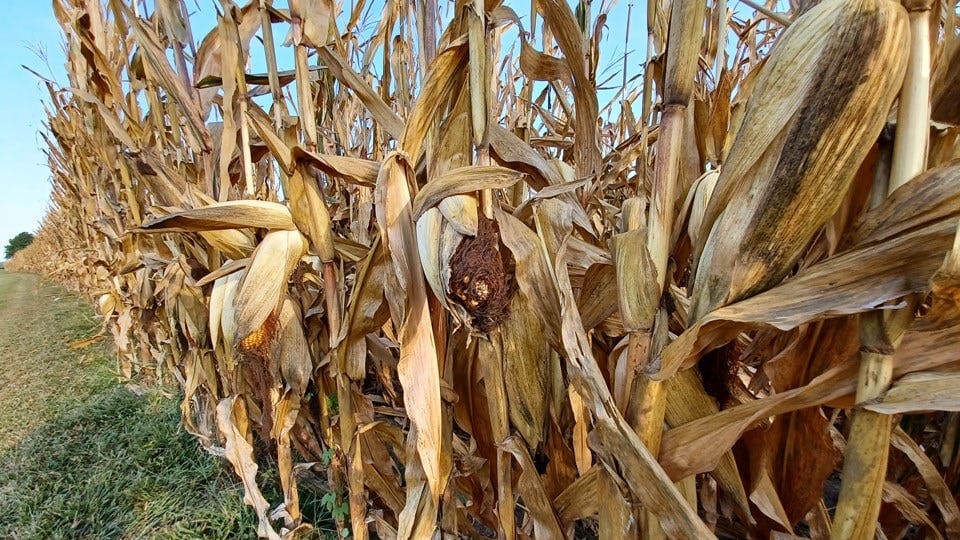Purdue to Examine Midwest Crop Diversity
 Indiana farmers plant about 5 million acres of corn annually. (photo courtesy: Wes Mills/IIB)
Indiana farmers plant about 5 million acres of corn annually. (photo courtesy: Wes Mills/IIB)
Subscriber Benefit
As a subscriber you can listen to articles at work, in the car, or while you work out. Subscribe NowResearchers at Purdue University have been awarded a $10 million grant from the U.S. Department of Agriculture for a project designed to reimagine Midwestern crop production, which is primarily corn and soybeans. The initiative seeks to make agriculture more resilient by diversifying farms, marketing and the agricultural landscape.
The USDA National Institute of Food and Agriculture selected the project, #DiverseCornBelt: Resilient Intensification through Diversity in Midwestern Agriculture for the grant because of its multi-faceted approach to the study.
“What’s new is that market and environmental research tailored to this part of the U.S. will inform our next moves, and individual farmers and stakeholders will be involved in every step of the process,” said Linda Prokopy, department head and professor of horticulture and landscape architecture at Purdue University. “Growing only a rotation of corn and soybeans is not necessarily sustainable economically, environmentally or socially.”
Of the 12 million acres of Indiana in crop production, there are 5.2 million acres of corn and 5.6 million acres of soybeans planted in 2021. The research, however, will expand outside the Indiana borders and include Illinois and Iowa, which are the top two corn and soybean growing states in the U.S.
“This sampling effort will test how diversification practices at realistic spatial scales impact biophysical variables important to farmers. For example, we anticipate collecting data on soil health, water quality and insect biodiversity. By measuring these variables across three states, we will be able to understand how the implementation of specific farming practices simultaneously affect agroecosystem function, crop yields and long-term sustainability,” said Ian Kaplan, professor of entomology at Purdue.
Purdue will interview a wide range of stakeholders, including farmers, agricultural advisors and grain marketers during the five-year project.
